Lycaenidae
Leach, [1815]
It is the second largest butterfly family after the Nimphalidae, with over 6,000 species from around the world. *
They make up about 30% of known butterfly species ( Rhopalocera ). Adults are small, under five centimeters usually, and brightly colored, sometimes with a metallic sheen.
The larvae are often flattened rather than cylindrical, with glands that can produce secretions that attract and subdue ants in order to be cared for, fed and protected from any parasites or predators.
A part of the species of the Lycaenidae family have obligatory or optional mutualistic or parasitic associations with various species of ants (myrmecophilia).
Both the caterpillars and the pupae of these moths use complex chemical or acoustic signals to condition the behavior of the ants, receiving protection against parasites and predators.
Lycenidae larvae differ in their eating habits and, apart from phytophagous specimens, some of them are entomophages that feed on aphids, scale insects and ant larvae.
* Pierce, Naomi E.; Braby, Michael F.; Heath, Alan; Lohman, David J.; Mathew, John; Rand, Douglas B. & Travassos, Mark A. (January 2002).
"The Ecology and Evolution of Ant Association in the Lycaenidae (Lepidoptera)". Annual Review of Entomology. 47 (1): 259-267. - https://www.annualreviews.org/doi/abs/10.1146/annurev.ento.47.091201.145257?journalCode=ento

 EN
EN ITA
ITA

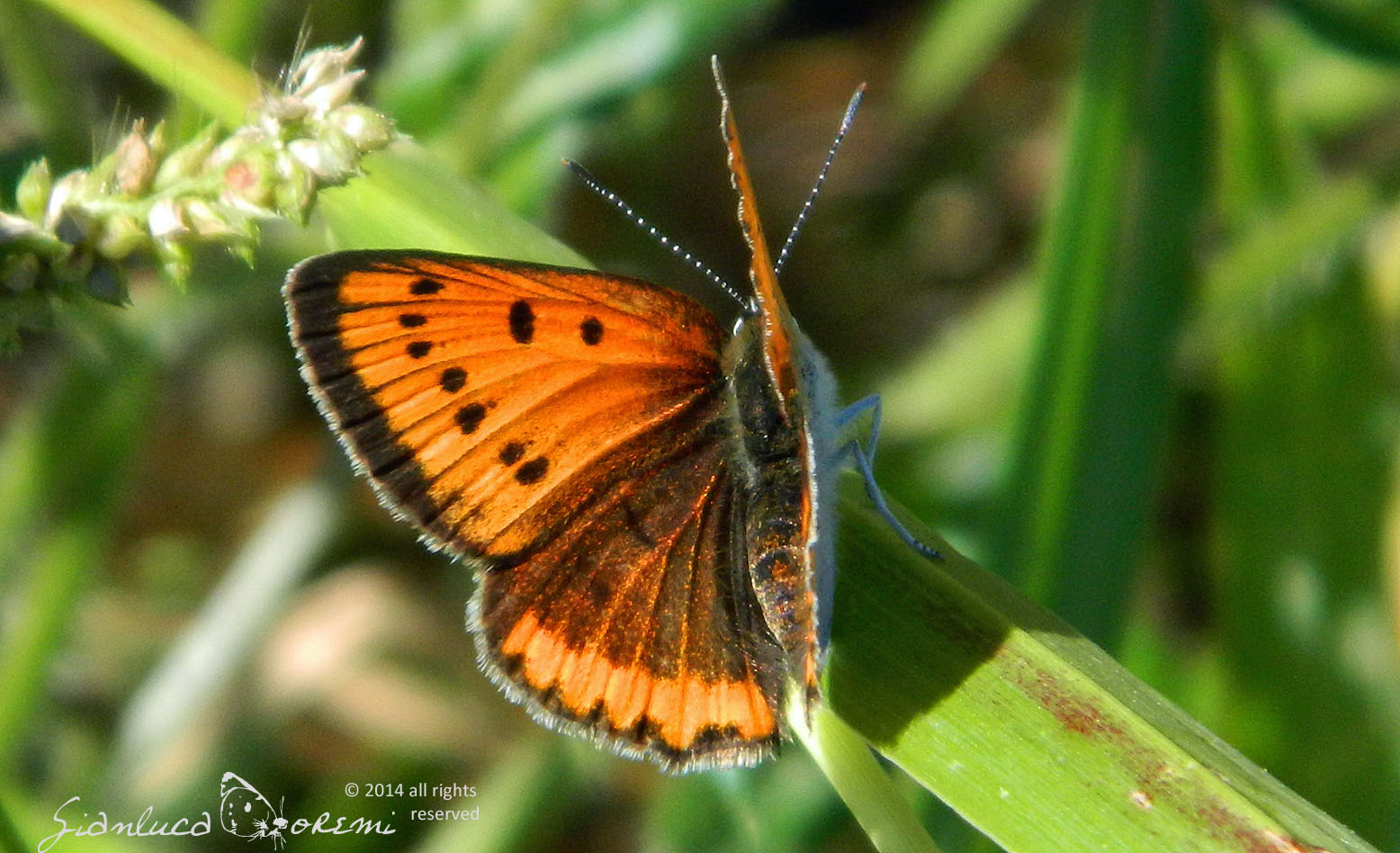


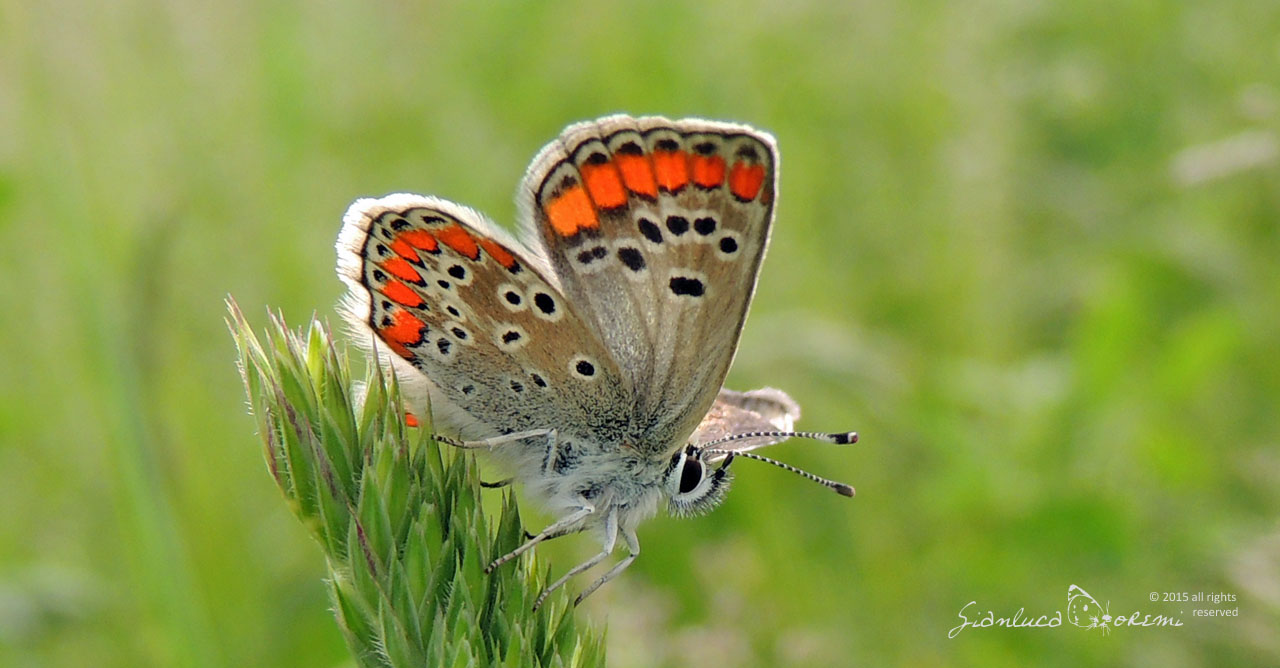

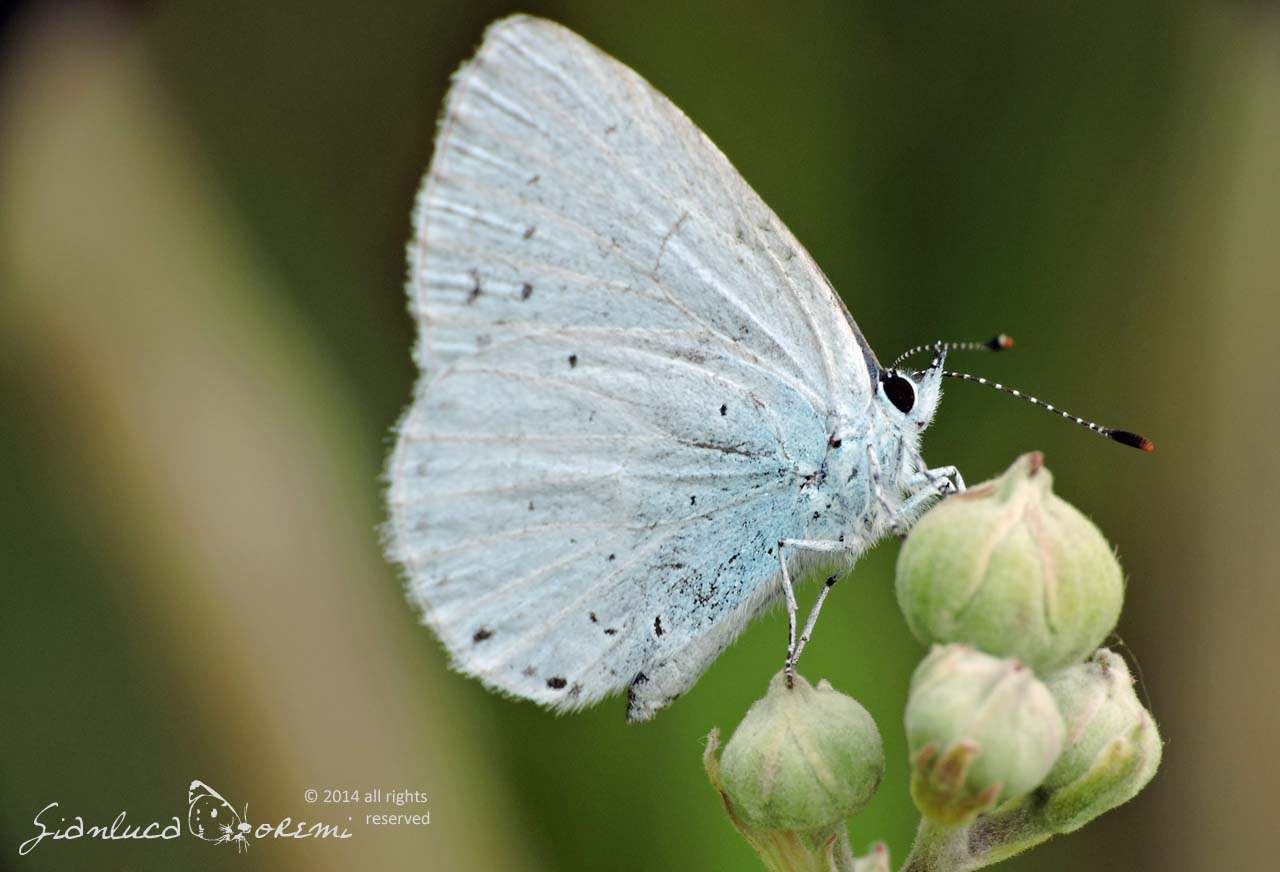
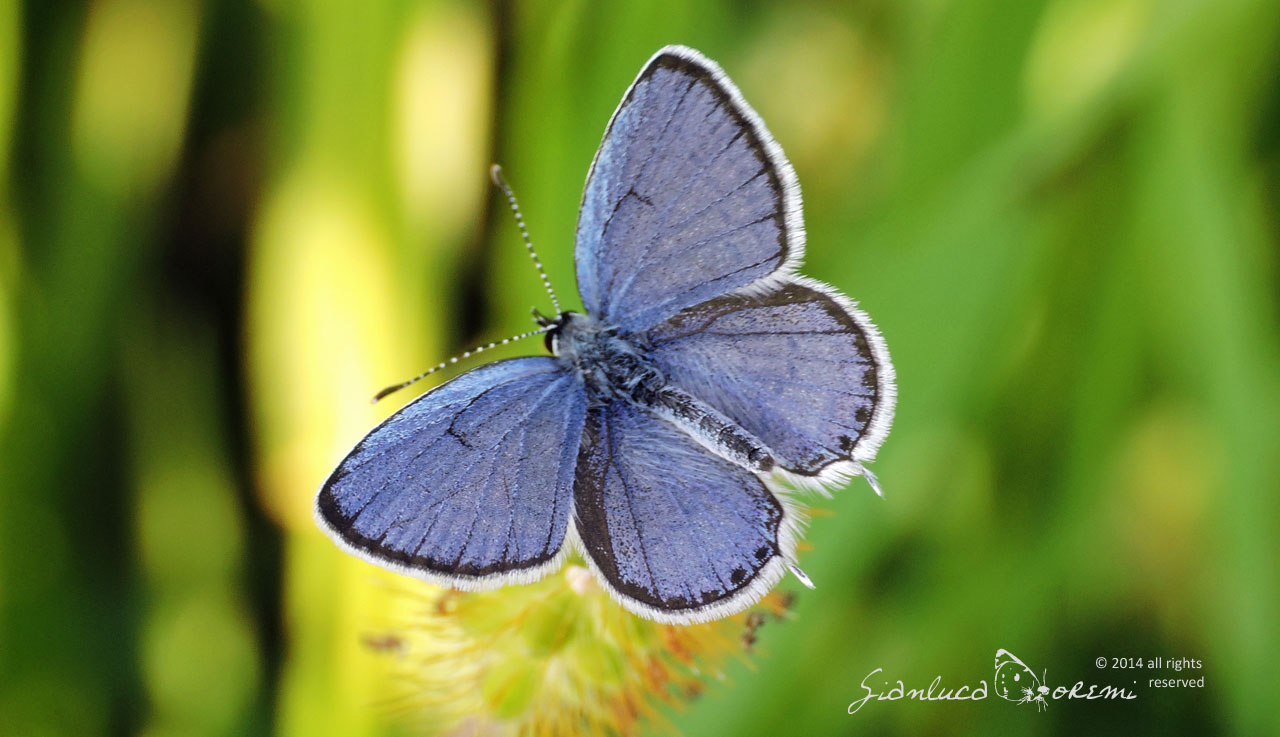
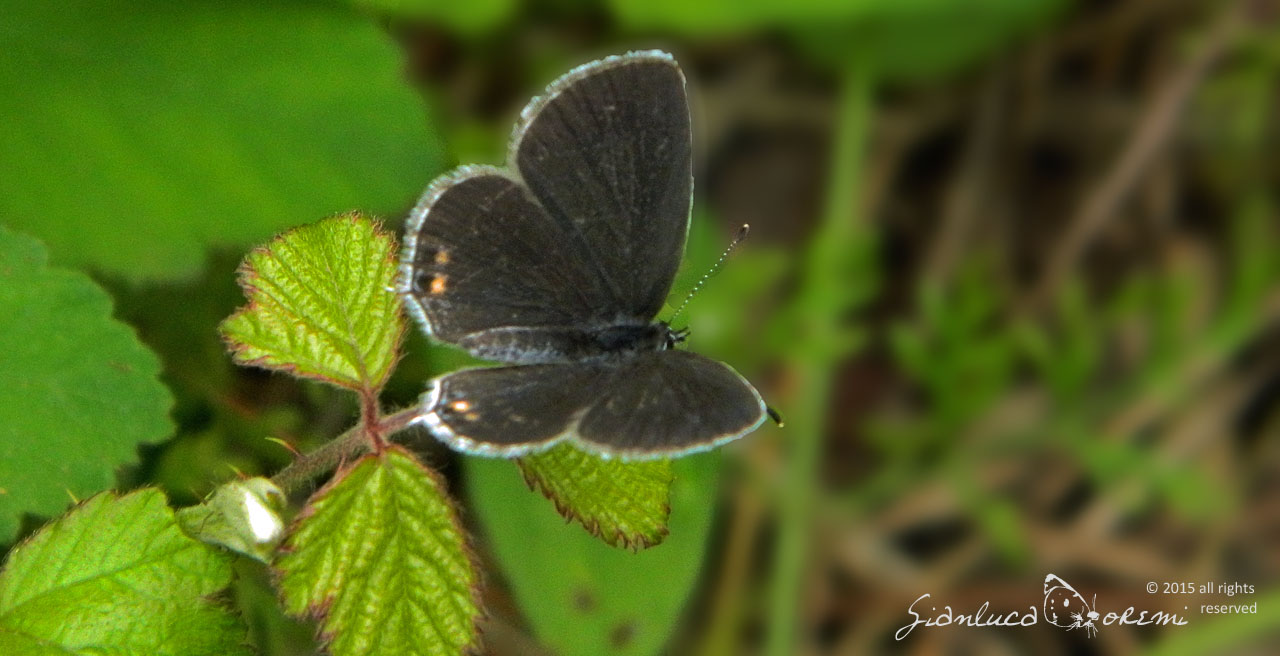
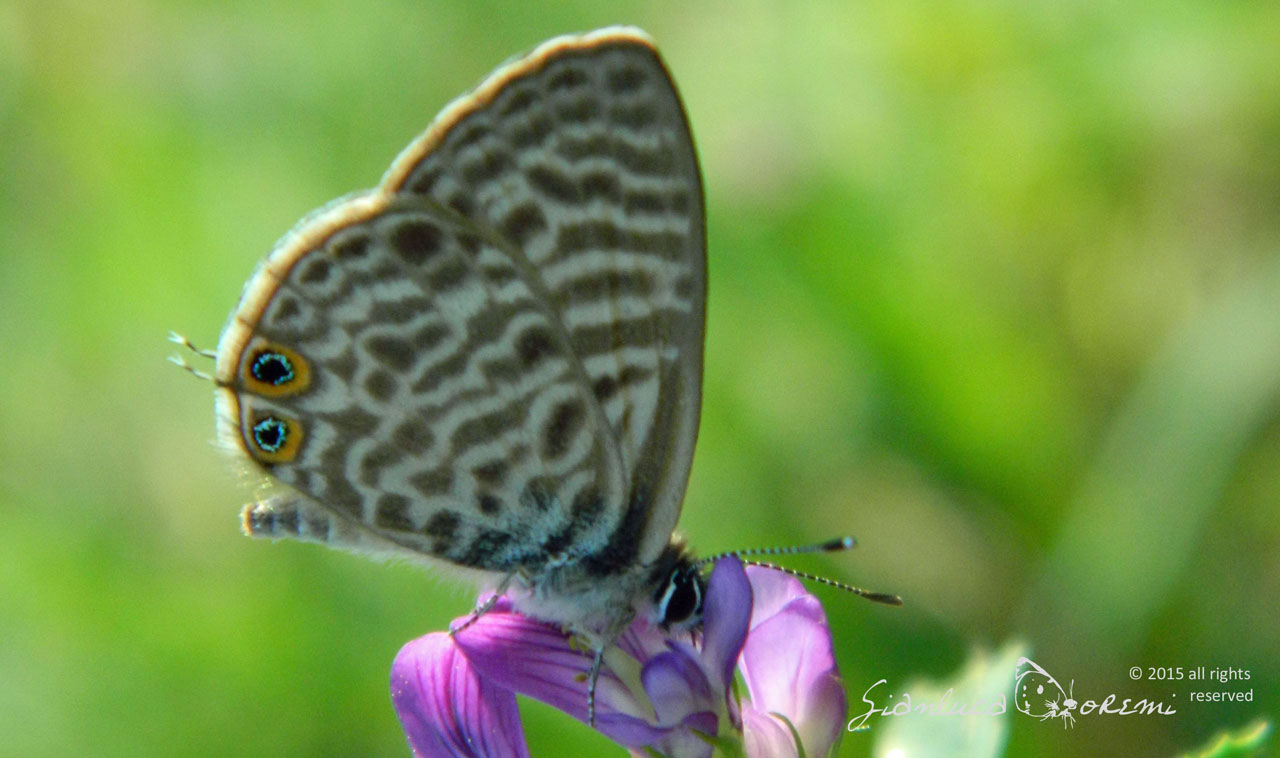
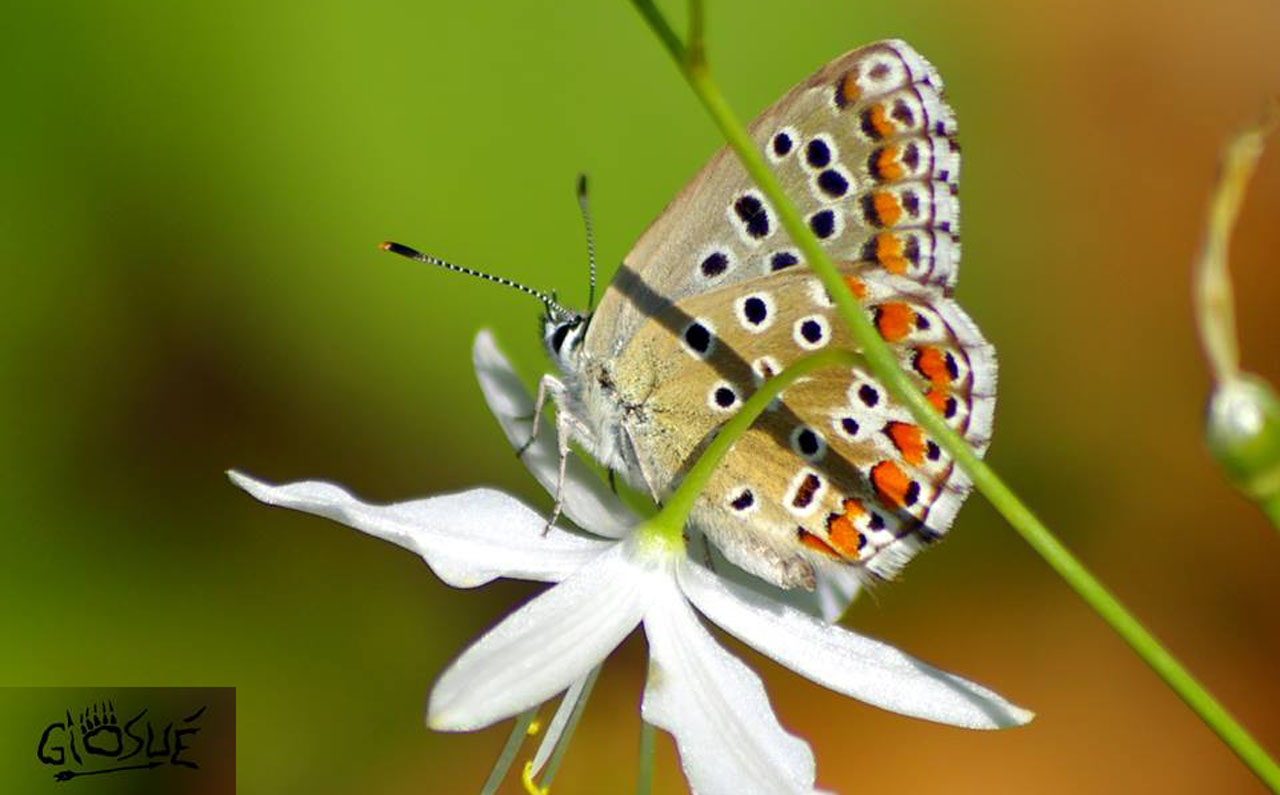


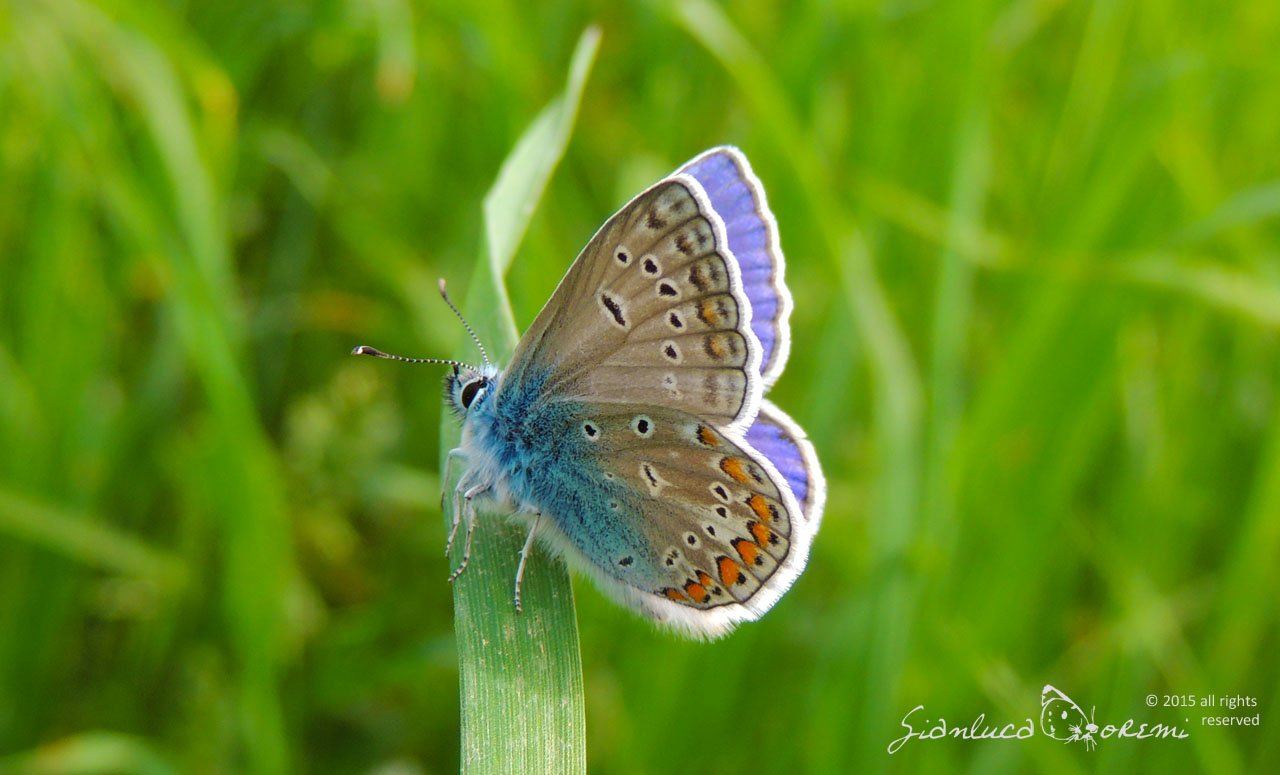
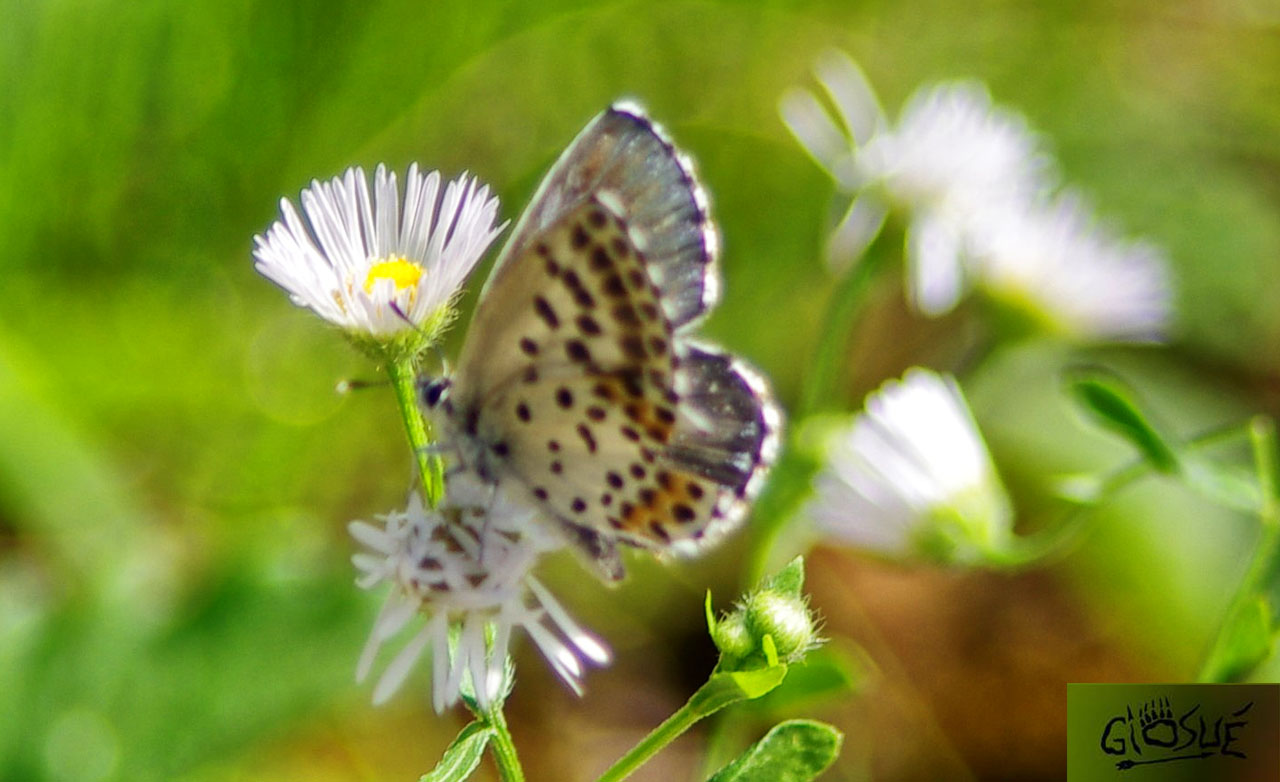
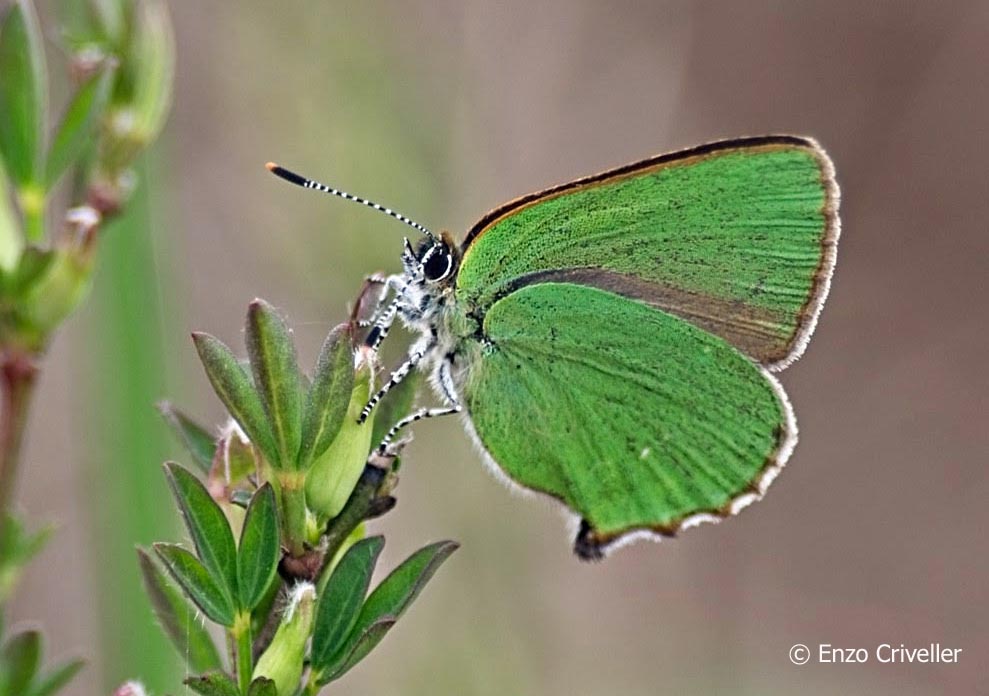
Social and publications